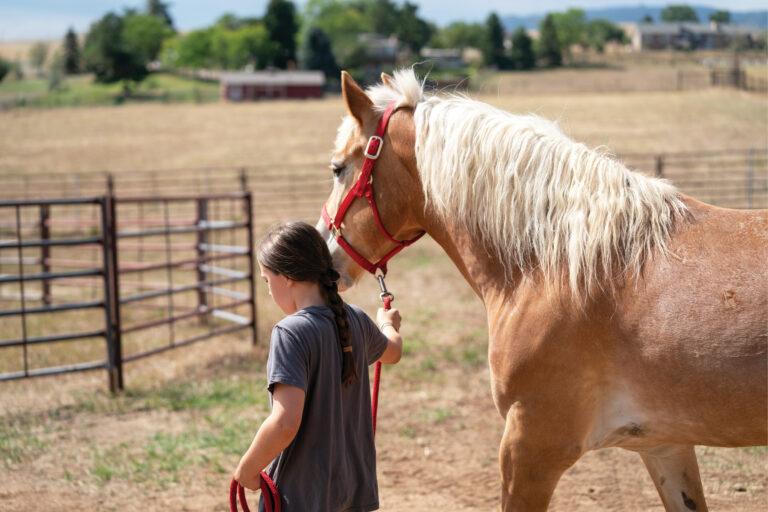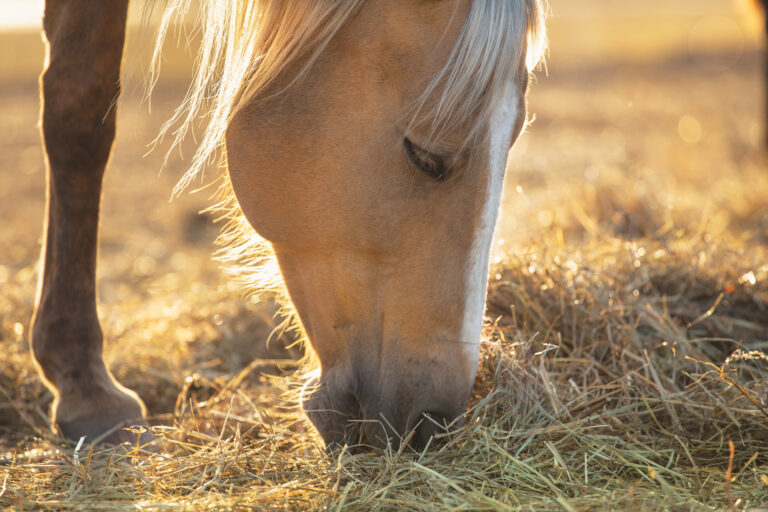Avoid having a sticky backup with these tips from NRHA Professional Horseman Peter DeFreitas.
Picture this. You’re in the show pen and near the completion of a first-place pattern. But when it comes time to stop and back, your horse gets sticky, and instead of having a nice fluid backup, it requires you to pull and kick to get your horse to move his feet.
The last impression the judge has of you is you fighting with your horse to get him to back up, and that maneuver probably took you from having a winning run to being in the middle of the pack.
If you find yourself struggling to move your horse’s feet when it comes time to back up, I have a few tips you can try at home to help him.

Back a Circle
To have total control of your horse’s feet, you need to be able to move him around in any direction while keeping that backward motion. This is why I incorporate lots of circles into my backing at home.
You should be able to ask your horse to back and push his hips around without losing any movement. If you go to move his hips around and he locks his front feet before swinging his hind end around, take ahold of his face and ask him to move backward. Continue to use your outside leg to push the hip around, and fan your inside leg to create energy in your horse’s feet.
The goal is to be able to do a complete circle without losing any momentum or having your horse’s legs lock up as he maneuvers his body around.
This drill can also help you in the show pen. If you go to back and find your horse backing crooked, you can support him with your leg and ask him to move his hips in the other direction to help straighten him back out.
Make It Quick
Having a horse that willingly backs up with speed is an easy way to gain points in the show pen and leave a lasting impression with the judges.
Ask for more speed in the back by going to your hand. If he’s still sticky or not moving his feet quick enough, fan your legs in a steady rhythm to encourage more movement. This is where you must use pressure and release. When you go to your hand and ask for more speed from your horse, release your hand when you feel him speed up. That’s going to reward him and let him know that when you go to your hand, if he speeds up, you’ll release your hand.
[Practice Trail With Just One Pole]
Use Your Legs
Just like how your horse should be able to stop from your voice, leg, and hand cues individually, he should also be able to back using different leg, hand, and voice cues individually. After I stop, I will keep weight in my heels and fan my legs to ask for my horse to back.
The first couple of times you attempt this, your horse might be confused by the lack of hand cues. If your horse does try to walk forward, go to your hand, ask for the back, and then release when he backs up. Continue fanning your legs; if he tries to walk forward, go to your hand. He’ll start to understand that the weight in your stirrups and how you’re moving your feet is the cue to go backward.






